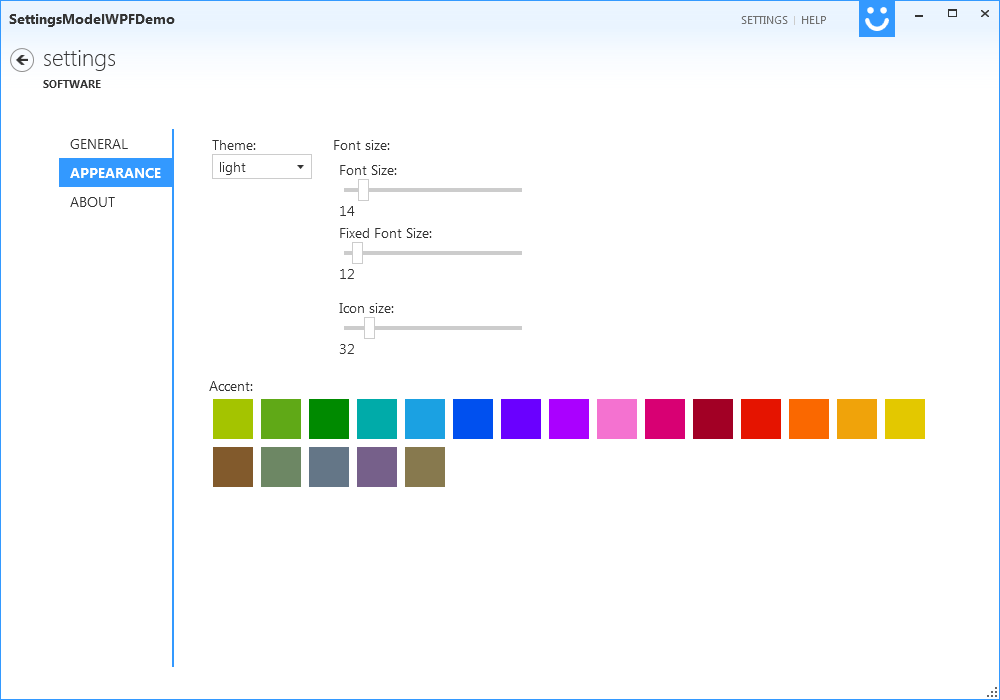
Then when cross frame denoiser is implemented, we may be able to reduce much more sample rates.Īlso as the documentation mentions, perhaps it may be appropriate to use use “Correlated Multi-jitter” as a Pattern method. Well, if you are going to use denoiser with Radius=5 for example, try with 8000 up to 6000 samples, but not much less than that. Suppose your scene requires 10000 samples to render normally without any noise. But be sure to use high sample rates and proper denoiser settings to not get static patches.įor now it is advisable to render with high sample rates if you are going to use denoiser.

Edit: I’ve done a little test, apparently it’s better static noise pattern. Anyway I am not sure here, I would need to do more tests. It works as a plug-in in After Effects, Premiere Pro, FCP X, and Motion. Denoiser III is GPU-accelerated and renders in near real-time. And also about whether any possible remaining static noise may end up being more annoying than flickering. Denoiser III offers noise reduction in one step using default settings, and features five simple sliders for fine-tuning the settings if you want to, although Red Giant claims that you probably wont even need to. My doubt is about objects with noisy materials moving. Cinemartin Denoiser will work as a easy software, for video noise reduction purposes, where on users simply load a clip, adjust the denoiser settings. Now with Denoiser… I’m not sure that flickering is only produced by the noise pattern of the render. After some research and testing, this is what I found. Information about these are scarce on the Internet and the information you find about them is often old. Here we find two settings, save buffers and persistent images. Cycles performance Final render settings.

Otherwise you will get an annoying visible static noise pattern. A value of 2 or 3 seems to be good according to the article above.

For animation with Cycles it is generally recommended to enable that button to get random noise pattern in each frame.


 0 kommentar(er)
0 kommentar(er)
